Building Construction Cost Estimator
Estimating the cost of building construction is a crucial step in any building project. In Florida, where the average cost per square foot stands at $147, it’s essential to account for various other expenses. These additional costs are influenced by factors such as the property type, the total square footage, and the specific customizations you envision for your dream. Keep in mind that the construction timeline is also a factor to consider, with the typical construction period spanning around 9 months. Therefore, when planning your construction project, be prepared to allocate a budget that encompasses not only the base cost per square foot but also these significant supplementary expenses.
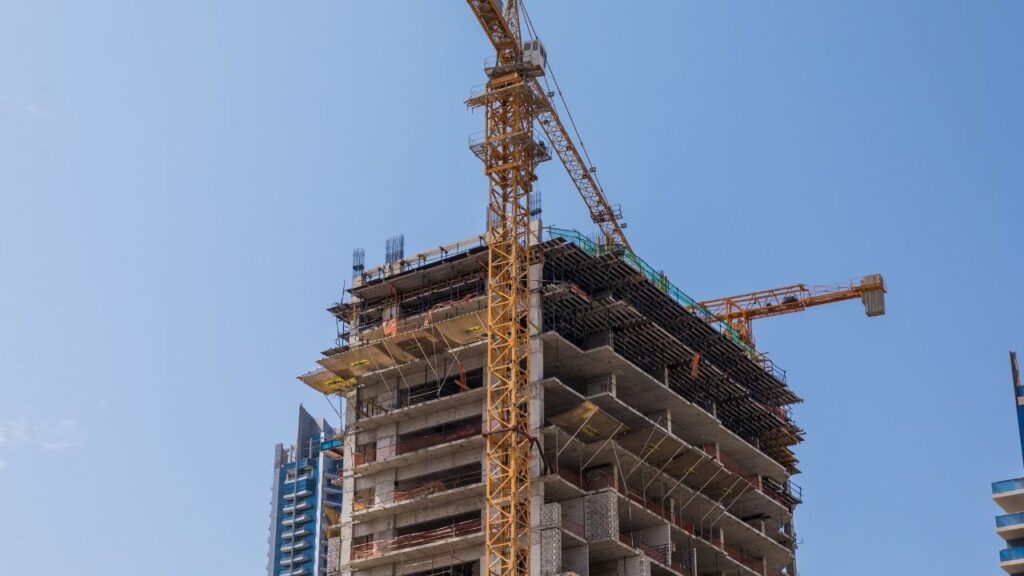
For more information and personalized estimates, visit our website at Estimate Florida Consulting.
Varieties of Commercial Construction
Building construction encompasses a diverse spectrum of building types, essentially encompassing any project that extends beyond residential structures. Typical examples of building endeavors range from office complexes, shopping malls, educational institutions, sports arenas, hotels, and entertainment facilities to parking facilities. Interestingly, even apartment buildings, despite containing residential units, fall under the category of building projects. Most states classify residential projects as single or multi-family structures consisting of three or four units, while structures beyond this scope are typically recognized as building construction projects.
Factors Influencing Building Construction Costs
Several crucial elements come into play when determining the costs of a building construction project. It is essential to recognize that variables like location, materials, labor, and building specifications can wield significant influence over the cost per square foot.
Location
The geographic setting plays a pivotal role in pricing. Highly sought-after urban areas often entail higher construction expenses compared to less densely populated regions. For instance, a project in a bustling metropolis like NYC can cost more than double the equivalent project in a tranquil Midwest town. While labor costs certainly contribute, factors like climate and the standards established by previous local constructions also impact overall expenses.
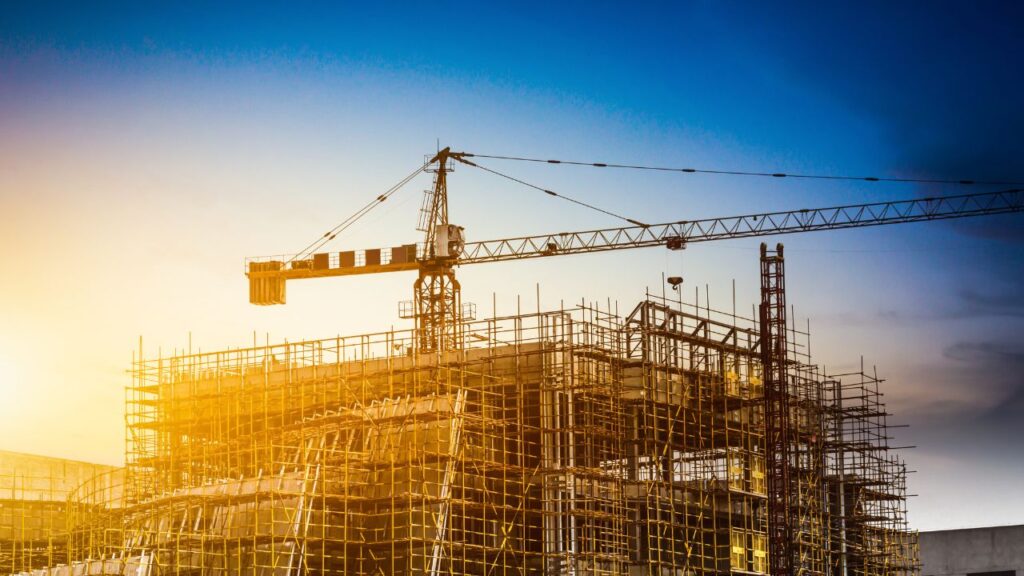
Building Type
The nature of the building being constructed substantially affects the cost per square foot. A simple single-story warehouse, for example, will demand considerably less per square foot than a towering high-rise office building. High-rise constructions entail additional engineering, planning, site preparation, permits, inspections, and logistical costs, all of which inflate the cost per square foot. Moreover, the structural requirements differ significantly.
Materials
Overlooking the cost of finishes can be a costly oversight. A prime example is the substantial price jump, often exceeding $200 per square foot, between three-star and five-star hotels. Employing high-end finishes substantially elevates the cost per square foot compared to basic or mid-grade options.
Finishes
The materials specified by the project’s designer play a crucial role in the overall cost. A steel-structured building with extensive fabrication requirements will not be budget-friendly. Custom-made windows and doors can also rapidly escalate the price per square foot.
Labor
One of the most influential cost factors per square foot is labor. In regions where labor unions are prevalent, construction costs can be significantly higher than in non-union areas. Additionally, in areas experiencing construction booms, workers may command higher wages, as they have the option to shift to employers offering better compensation.
The Importance of Accurate Cost Estimation
Securing Project Funding:
Accurate cost estimation plays a pivotal role in securing project funding. Whether you’re approaching investors, banks, or applying for government grants, potential lenders and stakeholders demand a comprehensive understanding of where their financial investments will be channeled. Precise cost estimates serve as a financial roadmap, assuring them that their funds will be used judiciously and with clear purpose.
Win More Projects With Us
Project Planning:
Cost estimates serve as the foundation of effective project planning. They provide project teams with essential insights into the financial requirements of their endeavors, allowing them to allocate resources with precision. Furthermore, cost estimates enable teams to set realistic timelines and establish attainable project goals. With these estimates, project planning becomes a well-informed and structured process, fostering the efficient execution of tasks.
Risk Management:
Accurate cost estimates are integral to effective risk management in any project. By providing a clear and realistic financial outlook, these estimates significantly reduce the risk of budget overruns, disputes, and ultimately project failure. They provide a reliable basis for decision-making, helping project managers and stakeholders identify potential issues early on, address them proactively, and ensure the project remains on track and within budget.
Competitive Advantage:
In industries such as construction, securing contracts often hinges on the ability to offer competitive and accurate cost estimates. Clients and project owners seek providers who can demonstrate a deep understanding of the costs involved. Accurate cost estimates not only instill confidence in potential clients but also set you apart from competitors, giving you a distinct competitive advantage. Being able to deliver on your estimates can enhance your reputation and lead to continued success in winning contracts and projects.
Key Factors Affecting Construction Costs
Construction costs are influenced by a multitude of factors, each of which can significantly impact the overall project budget. A comprehensive understanding of these factors is essential for any estimator to create a precise and reliable estimate.
Location
The geographical location of a construction project plays a pivotal role in determining costs. Different regions may have varying labor rates, material costs, and regulatory requirements. Factors like accessibility, local infrastructure, and environmental considerations can also affect the ease and cost of construction. Estimators must consider these location-specific variables to develop an estimate that accurately reflects the project’s context.
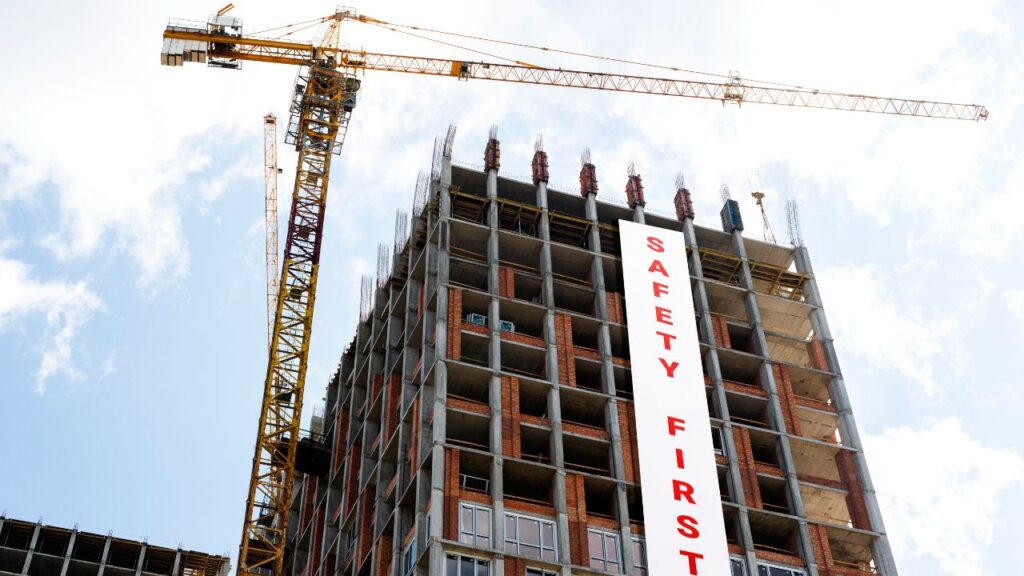
Project Scope:
The scope of the construction project is another critical factor. A more extensive and complex project with a higher level of customization will inherently entail greater costs. Estimators need to thoroughly analyze project plans, blueprints, and specifications to assess the scope and intricacies involved. This includes considerations like the size of the structure, the number of rooms, and the types of materials to be used.
Design Complexity:
The complexity of the project’s design and architectural features is a key determinant of construction costs. Intricate designs, unique architectural elements, and specialized construction methods often require more skilled labor and costly materials. Estimators must account for these design intricacies when preparing cost estimates.
Economic Conditions:lexity:
The prevailing economic conditions, both regionally and globally, have a substantial impact on construction costs. Factors such as inflation rates, fluctuations in material prices, and changes in labor markets can lead to cost variations. Estimators should stay informed about economic trends and incorporate appropriate contingencies into their estimates to mitigate potential cost fluctuations.
Regulatory Requirements:
Government regulations, zoning codes, and permitting requirements can significantly affect construction costs. Compliance with safety, environmental, and building codes may necessitate additional expenses, such as specialized materials or inspections. Estimators must carefully navigate these legal and regulatory aspects to ensure the estimate aligns with all mandatory requirements.
Market Conditions:
The overall demand and supply in the construction industry can also sway costs. In a booming market with high demand, labor and material prices may rise, potentially leading to cost escalation. Conversely, during economic downturns or in regions with surplus construction capacity, costs may stabilize or even decrease.
Site Conditions:
The characteristics of the project site can introduce unforeseen challenges. Issues like soil quality, topography, and access to utilities can impact construction methods and costs. A thorough site analysis is crucial for estimating expenses accurately.
Estimating Material Costs
Estimating material costs is a crucial aspect of any construction project, as it directly impacts the project’s budget and overall feasibility. Estimators undertake a comprehensive process to arrive at accurate material cost estimates, which involves a thorough examination of various factors.
Get Acquainted with Estimation
HOW TO KEEP BUILDING COSTS LOW! (Save $100,000 or MORE)
Top 10 Tips to Running a Successful Construction Business
Material Types and Quantities:
Estimators begin by carefully evaluating the type and quantity of materials necessary for the project. This includes everything from concrete, steel, and lumber to finishing materials like paint, tiles, and fixtures. The choice of materials is influenced by the project’s specifications and design. Determining precise quantities is essential to avoid over-ordering or shortages.
Local Supplier Research:
Researching local suppliers is a fundamental step in estimating material costs. Estimators identify reliable and cost-effective suppliers in the project’s vicinity. Proximity to suppliers can reduce transportation costs and minimize the risk of delays. Additionally, working with reputable suppliers ensures the quality and reliability of materials.
Material Prices:
Estimators keep a close watch on material prices. These prices can fluctuate due to market conditions, supply and demand, and economic factors. To create accurate estimates, estimators need to gather current and relevant price data from suppliers, industry publications, and market trends. This data is used as the basis for calculating material costs.
Waste and Overages:
To avoid underestimating material requirements, estimators account for waste, overages, and potential mistakes in their estimates. A certain amount of material is typically wasted during construction due to cutting, breakage, or inefficiencies. Including allowances for these factors is crucial for ensuring that there are enough materials to complete the project.
Price Fluctuations and Contingencies:
Material prices can be subject to fluctuations, especially for items like steel, lumber, or petroleum-based products. Estimators incorporate contingencies into their estimates to account for potential price increases during the project’s timeline. This contingency serves as a buffer to absorb unexpected cost hikes, ensuring that the budget remains resilient.
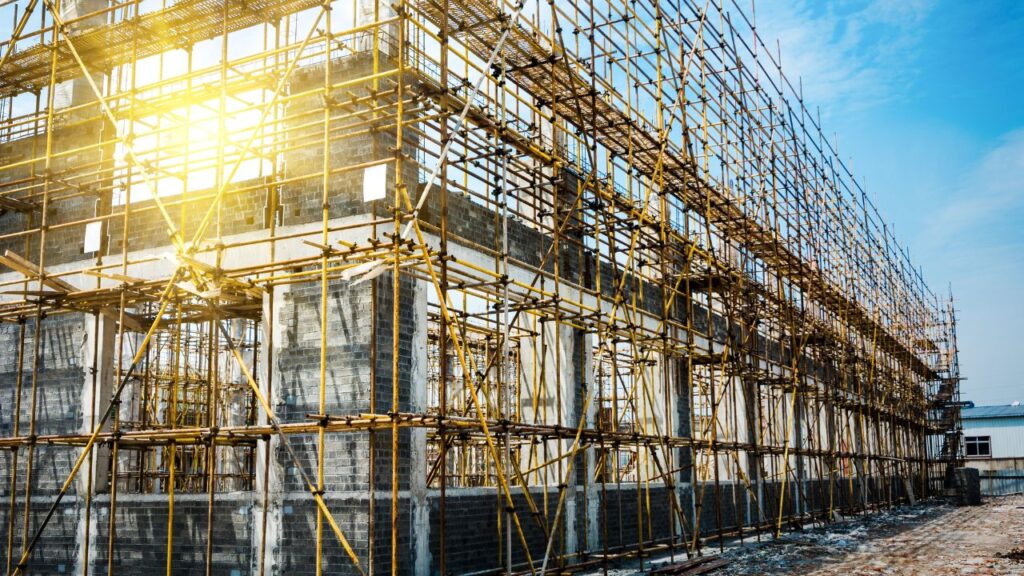
Quality and Specification Considerations:
The quality and specifications of materials can also affect their costs. Higher-quality materials or specialized products may come at a premium. Estimators need to carefully match the specified materials with the project’s requirements and budget while considering any trade-offs between cost and quality.
Bulk Purchasing and Negotiation:
Estimators explore opportunities for bulk purchasing and negotiate with suppliers to secure the best deals. Buying materials in larger quantities can often result in cost savings. Skilled negotiators can leverage relationships with suppliers to obtain competitive pricing.
Labor Costs Estimation
Accurately estimating labor costs is a critical component of any construction project’s financial planning. It necessitates a comprehensive analysis of various elements related to the workforce, including the number of laborers, their skill levels, wage rates, and the projected project duration. Here’s a more detailed exploration of the aspects involved in labor cost estimation:
Workforce Requirements:
Estimators begin by assessing the specific labor requirements for the project. This involves determining the types of laborers needed, including skilled craftsmen (e.g., carpenters, electricians, plumbers), unskilled laborers (e.g., general construction workers), and specialized contractors (e.g., HVAC technicians or concrete finishers). The skill level of the workforce directly impacts labor rates and overall project efficiency.
Labor Rates:
Estimators research and compile labor rates based on the prevailing wage structures in the project’s location. Labor rates can vary significantly between regions, and estimators must accurately reflect the local cost of labor. Additionally, labor rates may differ for different skill levels and specialties, so precise categorization is essential.
Download Template For Building Construction Project Breakdown
- Materials list updated to the zip code
- Fast delivery
- Data base of general contractors and sub-contractors
- Local estimators
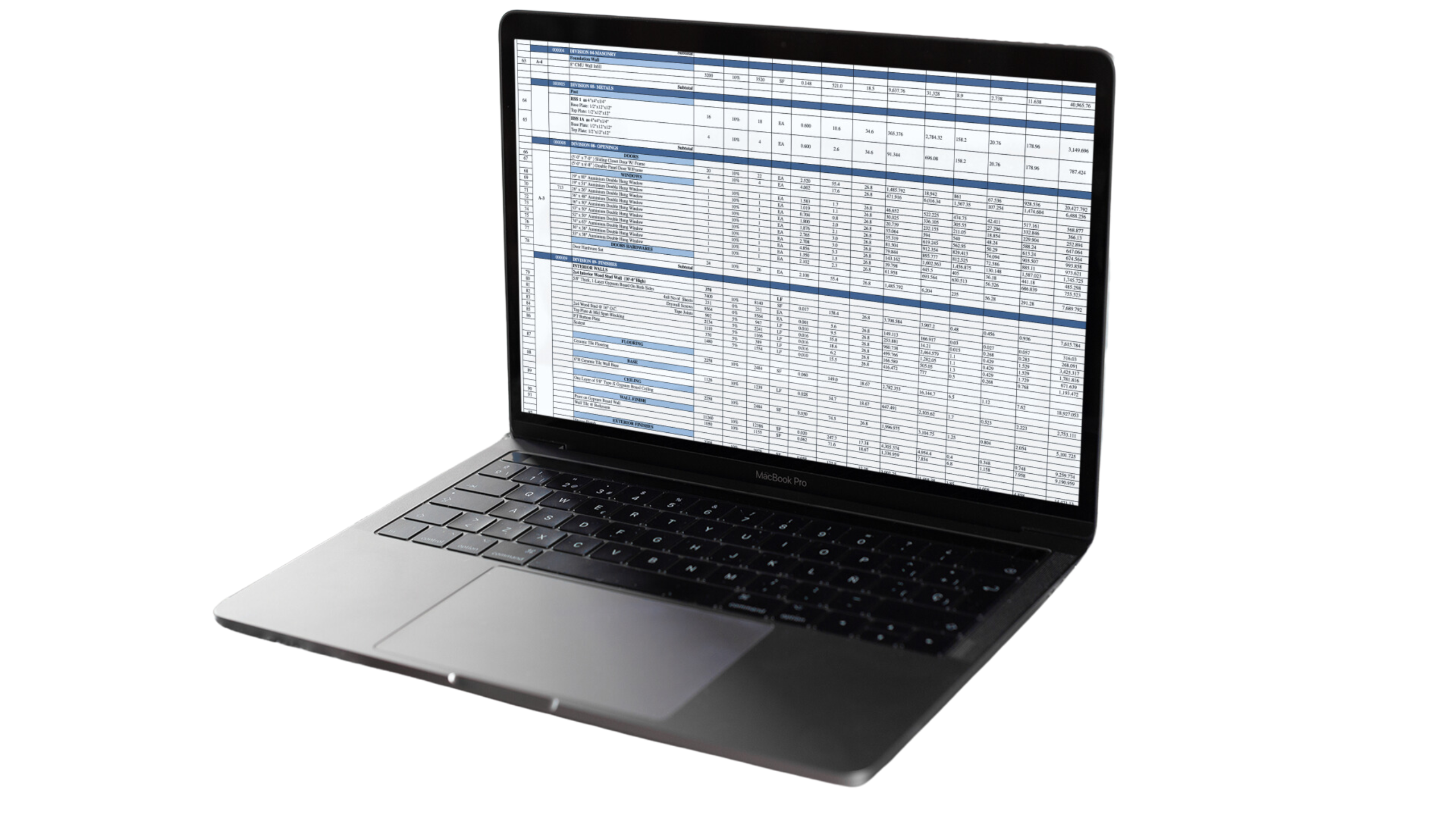
Labor Productivity:
Labor productivity takes into account the efficiency of the workforce. Estimators need to consider factors such as overtime, breaks, weather-related disruptions, and other potential interruptions to work. These variables can impact the total labor hours required to complete the project.
Project Duration:
Estimators assess the projected project duration, which is closely linked to labor costs. A longer project timeline will require more labor hours and, consequently, higher labor costs. The schedule is influenced by factors like project complexity, size, and the availability of resources.
Overhead Costs:
Beyond wage rates, labor cost estimation should also encompass overhead costs related to labor. These can include expenses such as payroll taxes, insurance, benefits, and administrative costs associated with managing the workforce. Overhead costs are a vital part of the labor cost estimation process.
Union or Non-Union Labor:
Depending on the project location and contractual agreements, labor may be either union or non-union. Union labor often comes with specific wage and benefit structures that estimators must account for. Understanding the labor dynamics in the region is crucial for accurate labor cost estimation.
Subcontractors and Specialty Trades:
In many construction projects, specialized subcontractors and tradespeople are involved. Estimators need to identify these specialized roles, obtain their labor rates, and incorporate them into the overall labor cost estimation. This includes trades like electrical work, plumbing, or concrete pouring.
Inflation and Market Conditions:
Estimators should also consider inflation and market conditions, as these can affect labor costs over the course of the project. Economic factors and fluctuations in the labor market can lead to changes in labor rates and availability.
(FAQs) for your blog on Building Construction Cost Estimation:
Accurate cost estimation is essential because it provides a clear financial roadmap for your project. It helps secure project funding, enables effective project planning, supports risk management, and gives you a competitive advantage in the construction industry.
Location, building type, materials, finishes, and labor are some of the key factors that influence construction costs. The geographic setting, the complexity of the building, the choice of materials, quality of finishes, and local labor conditions all play a role in determining the overall cost.
The type of building significantly affects the cost per square foot. For instance, a single-story warehouse will cost considerably less per square foot than a high-rise office building. High-rise constructions involve additional planning, permits, inspections, and logistical costs, making them more expensive to build.
The location plays a pivotal role in construction costs. Urban areas with high demand often have higher construction expenses compared to less populated regions. Factors like labor costs, climate, and local construction standards also influence overall expenses.
Estimating material costs involves evaluating the type and quantity of materials needed, researching local suppliers, tracking material prices, accounting for waste and overages, considering price fluctuations, and factoring in the quality and specifications of materials.
Labor cost estimation is influenced by factors like the type and skill level of laborers, local labor rates, labor productivity, project duration, overhead costs, the presence of union or non-union labor, specialized subcontractors, and inflation and market conditions.
To improve accuracy, consider conducting thorough research on local costs, keep up-to-date with material and labor prices, account for potential risks and contingencies, consult with experts, and use specialized cost estimation software or services.
Distinguishing between these project types is crucial because residential and building projects have different cost structures and complexities. Accurate categorization helps in precise cost estimation and project planning.
For personalized cost estimates, you should consult with a construction cost estimator or a specialized service that can take into account the specific details of your project, location, and requirements.
You can find more information and resources on building construction cost estimation on our website at Estimate Florida Consulting. Additionally, you can seek guidance from professional estimators and industry publications for in-depth insights into cost estimation best practices.
Conclusion
Accurate cost estimation is the cornerstone of successful building construction projects. It serves as a financial roadmap, helping secure project funding, facilitating effective project planning, mitigating risks, and giving you a competitive edge in the construction industry. Key factors such as location, building type, materials, finishes, and labor play pivotal roles in determining construction costs. By understanding and carefully assessing these factors, you can create precise and reliable estimates that ensure the success of your project. For personalized cost estimates and further information, visit our website at Estimate Florida Consulting. Whether you’re embarking on a residential or a larger building construction project, having a solid grasp of the cost estimation process is essential for achieving your construction goals.
Process To Get Building Construction Cost Estimate Report
Here I am going to share some steps to get your building construction cost estimate report.
-
You need to send your plan to us.
You can send us your plan on info@estimatorflorida.com
-
You receive a quote for your project.
Before starting your project, we send you a quote for your service. That quote will have detailed information about your project. Here you will get information about the size, difficulty, complexity and bid date when determining pricing.
-
Get Estimate Report
Our team will takeoff and estimate your project. When we deliver you’ll receive a PDF and an Excel file of your estimate. We can also offer construction lead generation services for the jobs you’d like to pursue further.
Google Reviews





